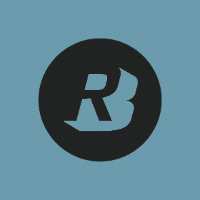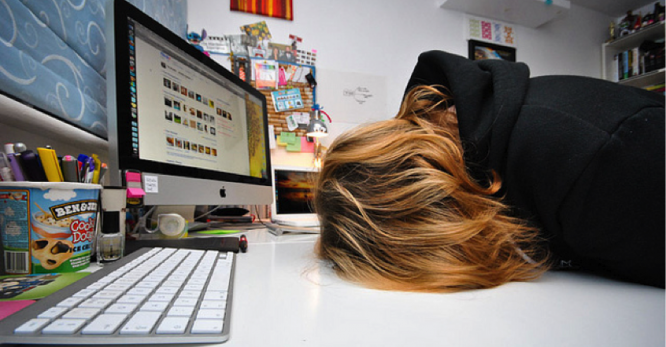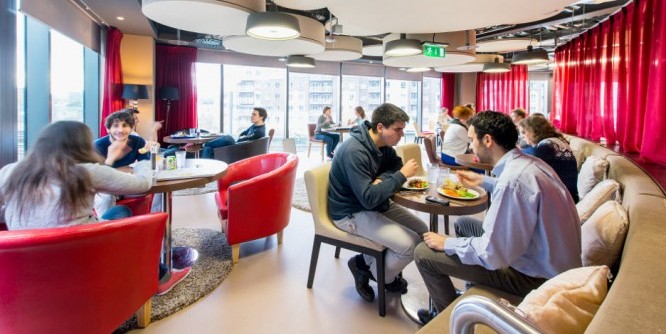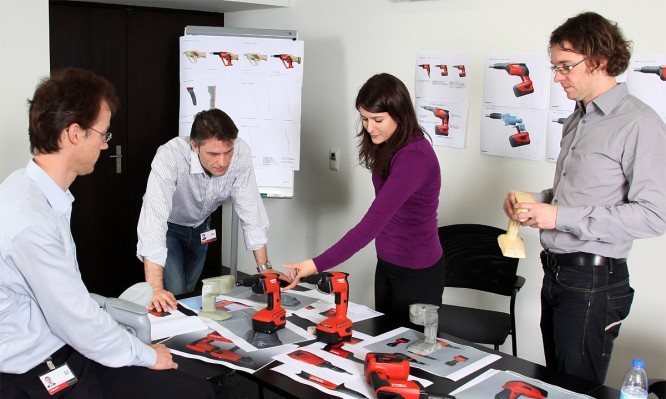I am sure you can empathise with this image. One time or another, nearly all designers have sat in this position unsure how to overcome a problem or just simply with a creative block. Hunched over your desk with the only ideas being bland, ineffective or perhaps non-existent. We battle through times like this looking for inspiration from websites, random sources, brainstorms or sometimes even just internally. However this is generally a pointless endeavour with the best possible outcome being a mediocre solution that has minimal thought behind it.
The creative process is inherently thought of as a lonesome undertaking with many hours spent in front of paper or a computer screen, however this should not be the case. And it has only been for the last few years when people are really striving to abolish this. Quite simply, the best way of enhancing your creative output is by sharing your ideas with colleagues and friends.
Some of the greatest scientific discoveries have occurred not when a scientist has been working in a lab alone, but when a group of people have collaborated together collectively solving a problem. Kevin Dunbar, a psychiatrist, studied various labs and found that problems that individuals had been working alone on for a number of weeks, were solved in a matter of minutes when approached by a team. Even more fascinating was that the more diverse the multidisciplinary team members were, the faster the problems were solved.
Many companies enforce/encourage this multidisciplinary interaction, and not necessarily by creating mixed project teams. Some companies have huge white boards with various problems or ideas that anyone can add too, or weekly meetings where any ideas can be bounced off each other. One of the prime examples of this is of course Google. Canteens are set up in between departments to actively encourage people of different understandings to interact with each other and share their work. This not only opens people minds to the bigger picture of the company, but can also fuel idea creation and problem solving.
Many top design consultancies work in a similar way, with the key teams made up of people with different degrees, experiences, education, upbringing and culture. All of these mean each individual brings something valuable and unique to the team, and when collectively focussed on a project vastly improves insight and creativity into problem solving tasks.
So on your next project follow these simple steps below and you will be sure to deliver a well rounded, conclusive design solution:
- If possible work in a multidisciplinary group.
- Don’t just work with your friends, work with new people.
- Share your ideas with friends, colleagues and people with well founded knowledge.
- Listen and absorb feedback, don’t be defensive about your idea.
- Listen other peoples ideas. Even the worst idea may have positive aspects.
- Discuss in social situations not just in the work place.
 Robert Bye
Robert Bye“I’m Rob Bye. A 21 year old Industrial Design student, located in London, UK.”
robertbye.com
robbyedesign.tumblr.com




 Follow
Follow